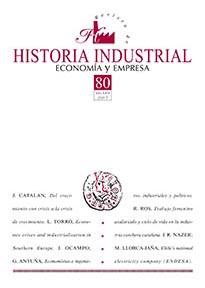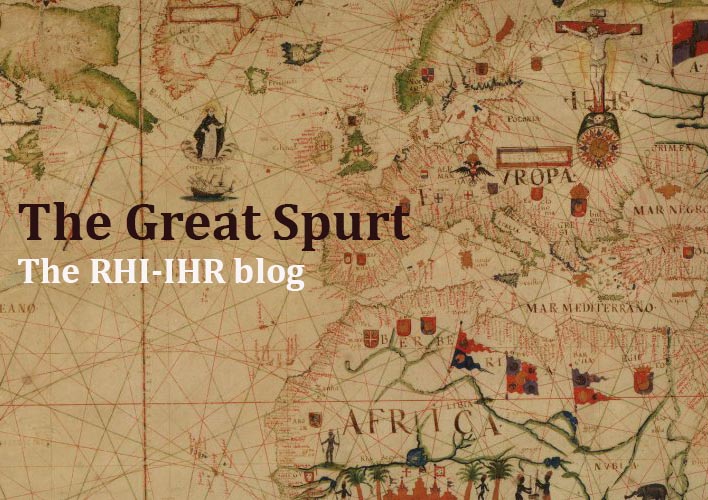Chile’s National Electricity Company (ENDESA): a successful case of state-led national electrification, c.1936-1981
DOI:
https://doi.org/10.1344/rhi.v29i80.30767Keywords:
Hydroelectricity, Chile, Hydropower, state-owned companiesAbstract
This article provides a detailed account of the electrification of a backward economy; how Chile developed from consuming less than 130 kWh per inhabitant, with an electricity matrix dominated by thermal power plants, and little involvement from the public sector, to consuming over 800 kWh per person, largely because of hydropower stations, which greatly improved the living standards of the population. This change was mainly attributable to the design and implementation of an ambitious National Electrification Plan, implemented by the state from the 1940s to the 1970s, which relied heavily on capital investments. This national accomplishment was not down to private enterprise; it was directly orchestrated and executed by a public sector company, ENDESA, although relying heavily on foreign loans. The article explains what made this success possible: qualified workers, generous financing by external institutions, the availability of rich water resources, and a lack of environmental concerns.
Downloads
Downloads
Published
How to Cite
Issue
Section
License
The author assigns all rights to the publisher. Creative Commons
The author who publishes in this journal agrees to the following terms:
- The author assigns all intellectual property rights exclusively to the publisher for the entire duration of the applicable intellectual property rights.
- The publisher will distribute the texts under the Creative Commons Attribution License, which allows others to share the work, provided that they acknowledge the authorship, its initial publication in this journal, and the conditions of the license.





